Introduction
WordPress is a name that resonates with bloggers, businesses, and developers alike. If you’ve ever built a website, chances are you’ve encountered WordPress. But what really goes on behind the scenes of this powerful platform? Today, we’re going to peel back the layers and expose the intricacies of WordPress core development. Whether you’re a seasoned developer or a curious beginner, this guide will shed light on everything you need to know about WordPress core development.
1. Understanding WordPress Core Development
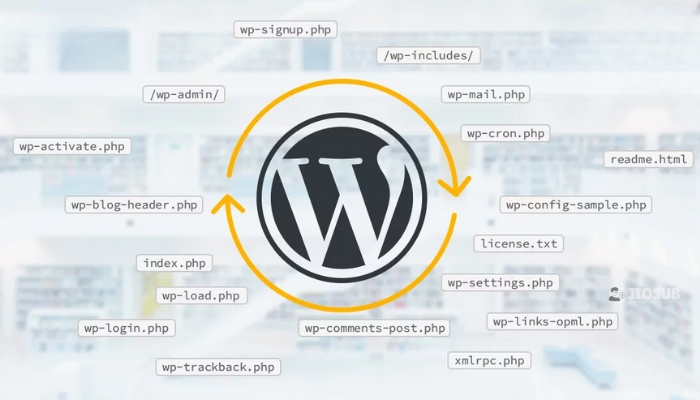
WordPress core development refers to the creation and maintenance of the foundational code that powers WordPress. This includes everything from the backend PHP files to the front-end HTML, CSS, and JavaScript. It’s what makes WordPress tick, and understanding it is key to harnessing the full potential of the platform.
2. Why WordPress is Popular
WordPress powers over 40% of all websites on the internet. Its popularity stems from its user-friendly interface, extensive customization options, and strong community support. But at its heart, the WordPress core is what enables these features.
3. The Anatomy of WordPress Core
Core Files
The WordPress core consists of a set of files that provide the basic functionality needed to run a WordPress site. These include files like wp-config.php, functions.php, and various others that handle everything from database interactions to URL routing.
Core Functionality
The core functionality of WordPress includes essential features like the admin dashboard, the theme and plugin systems, and the basic content management features.
4. Key Components of WordPress Core
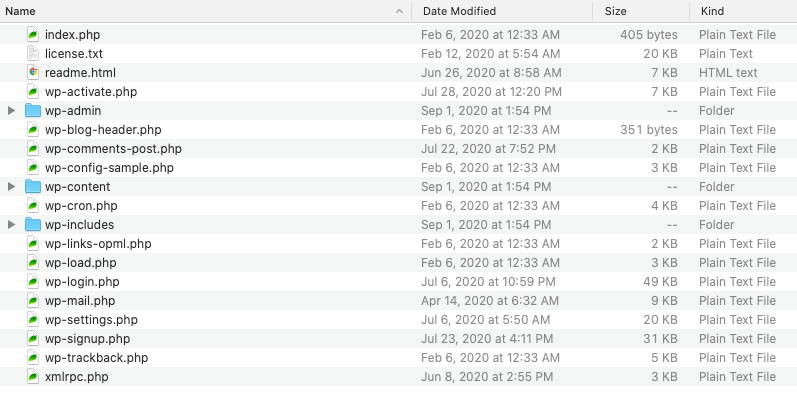
Themes
Themes are templates that define the appearance of a WordPress site. They control everything from layout to color schemes and are a vital part of the WordPress core ecosystem.
Plugins
Plugins extend the functionality of WordPress. Whether you need an SEO tool or a contact form, there’s a plugin for almost anything.
Widgets
Widgets are small blocks that perform specific functions. They can be added to sidebars, footers, and other widget-ready areas of a site.
5. How WordPress Core Updates Work
Automatic Updates
WordPress periodically releases updates to improve functionality and security. These updates can be set to install automatically, ensuring your site stays up-to-date with the latest features and fixes.
Manual Updates
For those who prefer control, WordPress also allows for manual updates. This involves downloading the latest version and replacing the old files with the new ones.
6. The Role of WordPress Community in Core Development
Core Contributors
The WordPress core is maintained by a dedicated group of contributors from around the world. These volunteers work tirelessly to keep the platform secure, up-to-date, and full of new features.
WordPress Codex
The WordPress Codex is a comprehensive online manual for WordPress. It’s maintained by the community and is a vital resource for anyone looking to learn more about WordPress development.
7. Tools for WordPress Core Development
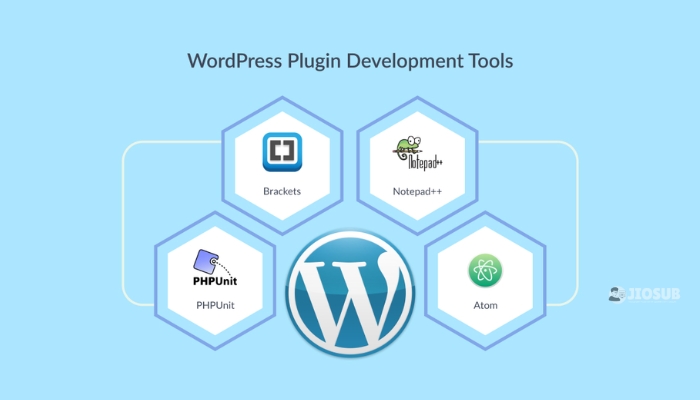
Local Development Environments
Setting up a local development environment is crucial for WordPress core development. Tools like XAMPP, MAMP, or Local by Flywheel can help create a local server environment for testing and development.
Debugging Tools
Debugging is an essential part of development. Tools like Query Monitor, Debug Bar, and the built-in WordPress Debugging tools can help identify and fix issues in your code.
8. How to Get Started with WordPress Core Development
Setting Up a Development Environment
Start by setting up a local development environment. Install a local server stack like XAMPP and create a fresh WordPress installation.
Learning PHP and MySQL
WordPress is built on PHP and MySQL, so having a good grasp of these technologies is essential. There are plenty of online resources to help you learn these languages.
9. Best Practices for WordPress Core Development
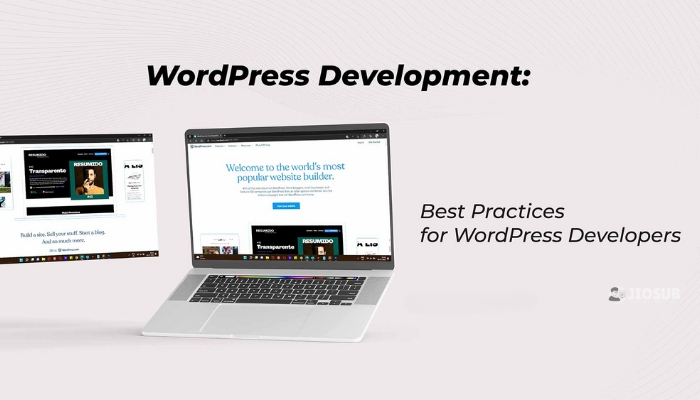
Security
Always prioritize security in your development process. Use secure coding practices and regularly update your code to protect against vulnerabilities.
Performance
Optimize your code for performance. This includes minimizing the use of unnecessary plugins and ensuring your code is efficient.
Code Standards
Follow WordPress coding standards to ensure your code is clean, readable, and maintainable. This makes it easier for others to understand and contribute to your code.
10. Common Challenges in WordPress Core Development
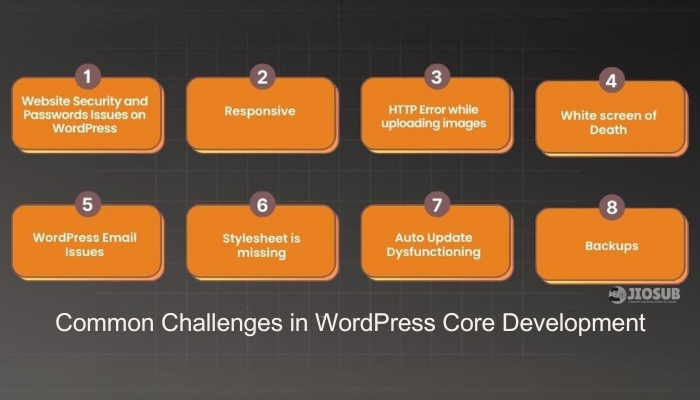
Backward Compatibility
One of the biggest challenges in WordPress development is maintaining backward compatibility. This ensures that updates don’t break existing sites.
Security Vulnerabilities
As with any software, WordPress can be susceptible to security vulnerabilities. Staying informed about the latest security threats and how to mitigate them is crucial.
11. Future of WordPress Core Development
Gutenberg Editor
The Gutenberg editor is a major step forward for WordPress. It provides a more intuitive and flexible way to create content with blocks.
Full Site Editing
Full-site editing is the next big thing for WordPress. It will allow users to edit their entire site, not just posts and pages, using a block-based editor.
12. Case Studies: Successful WordPress Core Developments
Looking at successful case studies can provide valuable insights into best practices and innovative solutions in WordPress core development.
13. Resources for Learning More About WordPress Core Development
Online Tutorials
There are countless online tutorials available for learning WordPress core development. Websites like WPBeginner, Smashing Magazine, and the official WordPress site offer excellent resources.
Books
Books like “Professional WordPress: Design and Development” by Brad Williams and “WordPress Plugin Development Cookbook” by Yannick Lefebvre are great for deep dives into WordPress development.
Community Forums
Engaging with the WordPress community through forums like Stack Exchange or the official WordPress support forums can provide valuable support and insights.
14. WordPress Core Development for Businesses
Customization
Businesses can benefit greatly from WordPress core development by customizing their sites to meet specific needs and branding requirements.
Scalability
WordPress is highly scalable, making it a suitable choice for businesses of all sizes. With the right development practices, it can handle high traffic and large amounts of content.
Conclusion
WordPress core development is a fascinating and complex field. By understanding the fundamentals, utilizing the right tools, and following best practices, you can unlock the full potential of WordPress for your projects. Whether you’re looking to contribute to the core, build custom themes and plugins, or optimize your site for performance and security, there’s always more to learn and explore in the world of WordPress.
May You Like
- Why This Hosting Plan Offers the Best Value for Your Money in 2024
- 7 Deadly Cyber Threats Your Website Must Defeat or Die!
- How can you leverage WordPress to transform your blog into a brand and achieve business growth?
- The Future of WordPress: Emerging Trends and Technologies
- 10 Must-Have Plugins for Every WordPress Website
FAQs
What is WordPress core development?
WordPress core development involves creating and maintaining the fundamental code that powers WordPress. This includes the backend PHP files and front-end HTML, CSS, and JavaScript.
How can I get started with WordPress core development?
Start by setting up a local development environment using tools like XAMPP or MAMP. Learn PHP and MySQL, and familiarize yourself with the WordPress Codex.
What are some essential tools for WordPress core development?
Essential tools include local development environments (e.g., XAMPP, MAMP), debugging tools (e.g., Query Monitor, Debug Bar), and the WordPress Codex.
Why is security important in WordPress core development?
Security is crucial to protecting your site from vulnerabilities and attacks. Using secure coding practices and regularly updating your code can help mitigate risks.
What is the future of WordPress core development?
The future of WordPress core development includes advancements like the Gutenberg editor and full site editing, which offer more flexibility and control over site design and content creation.

